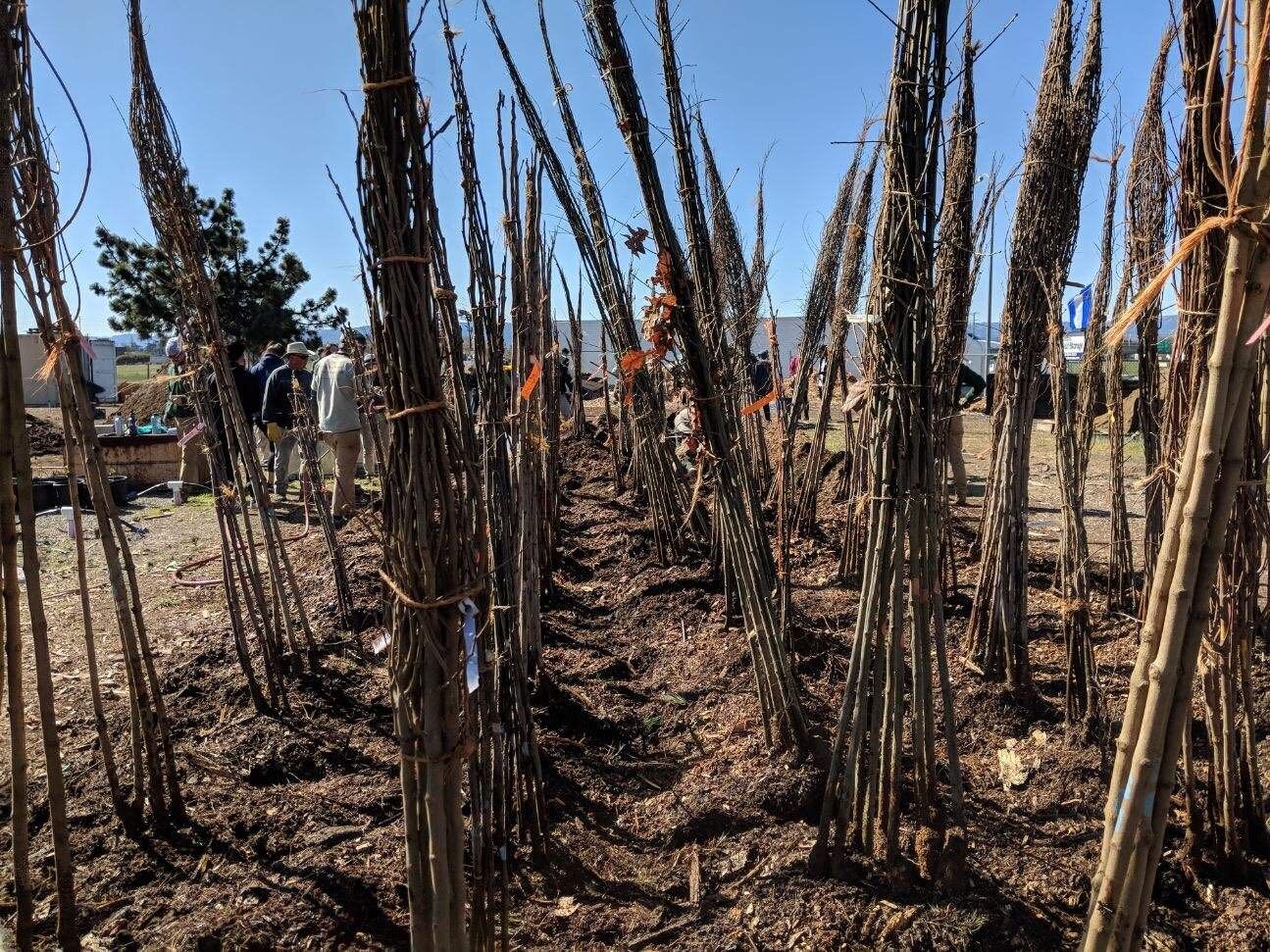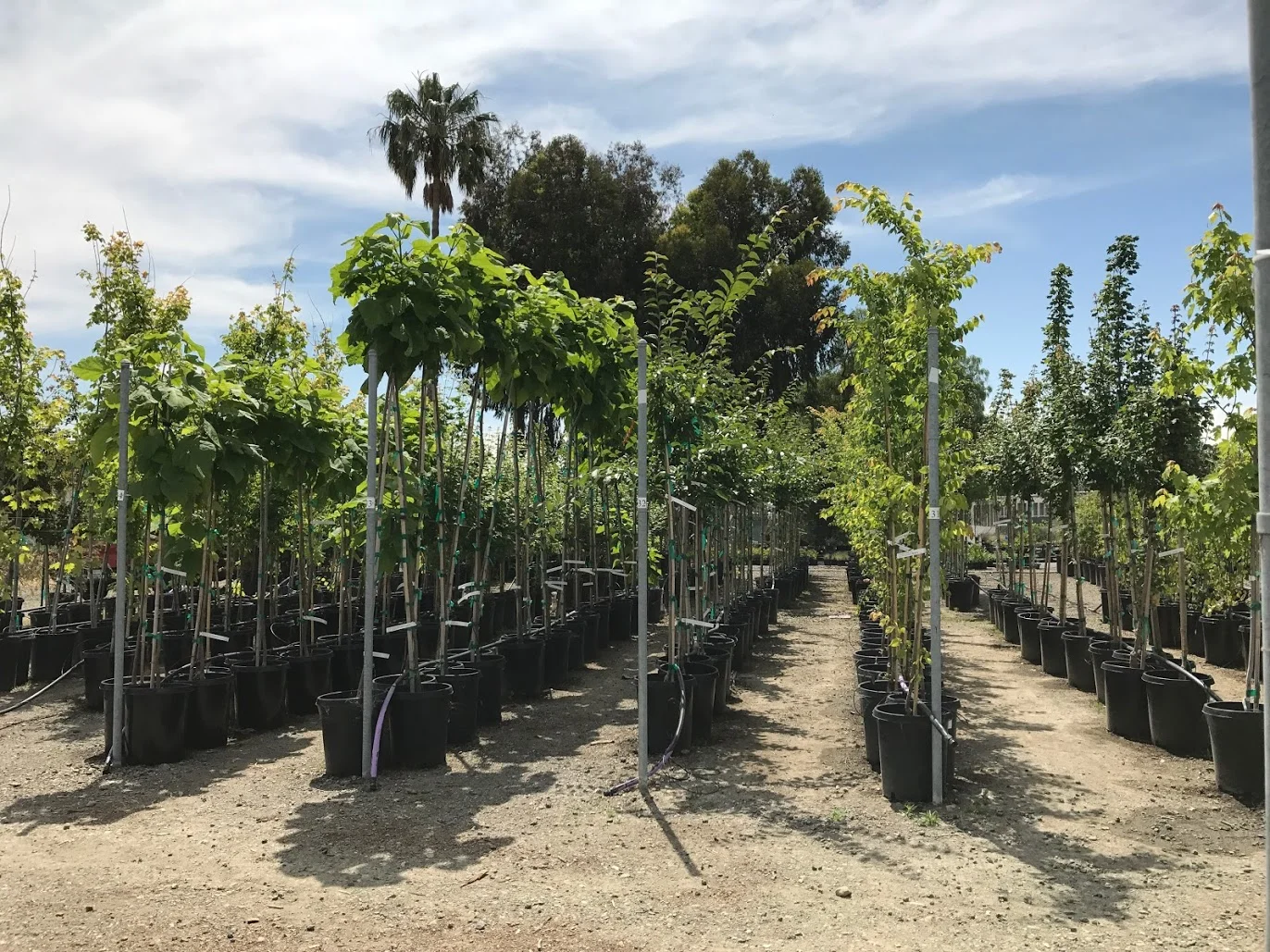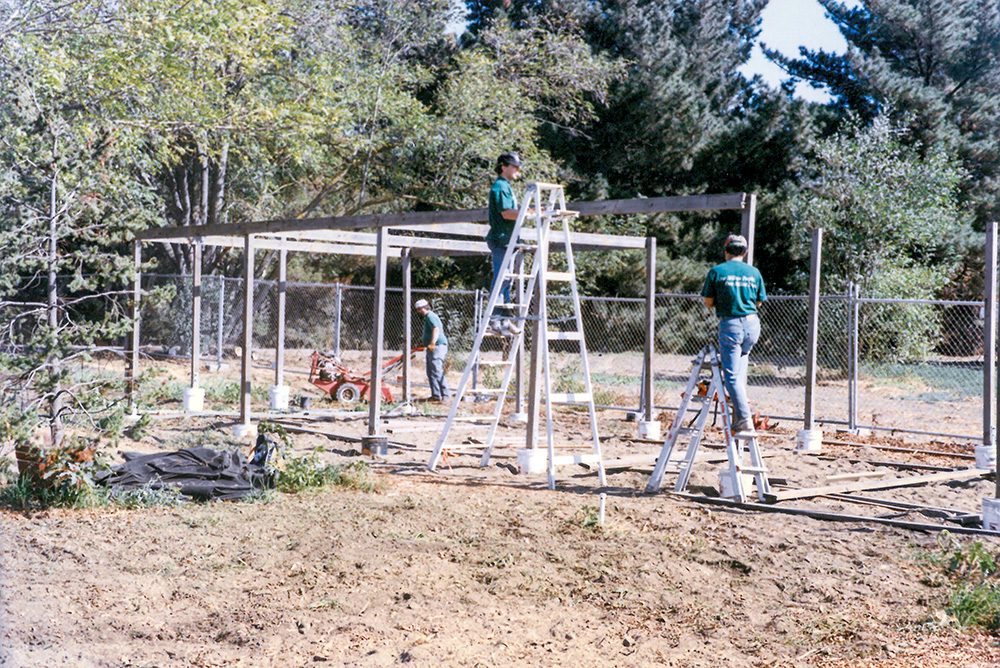At dawn, mist settles low across our arboretum at Martial Cottle Park. Everything is washed in tones of pink and blue as the sun rises to the chorus of the birds. The crepuscular coyote tracks down the gophers and squirrels whose tunnels network through soil where the beetle grubs sleep in tight curls.
Anyone that has spent an extended period of time at our Community Nursery or Urban Forestry Education Center (UFEC) knows that a variety of wildlife can be found living in our gardens and trees. As we expand our gardens and as they mature into their larger forms, we hope to see a growth in biodiversity as well. Biodiversity, or biological diversity, is the variety of life forms in a specific area. The size of this area where biodiversity can be measured varies widely and depends on the needs of the person who is doing the measuring. You can measure the biodiversity found in 1 square foot of soil or an entire ecosystem. In our case, we are trying to measure the biodiversity at our Community Nursery and Urban Forestry Education Center, both of which are approximately 2 acres. And we need your help to document this information through iNaturalist!
What is iNaturalist?
iNaturalist is a nonprofit social network and database that connects community scientists, naturalists, and other scientists from around the world to document observations of the biological world. These observations are documented through pictures, audio recordings, and data such as an organism’s sex, life stage, your own written notes and details, and much more. The app and website have a multitude of features such as AI assistance in species identification, creating projects for a variety of purposes, and keeping project journals to keep in touch with a project’s community.
iNaturalist has led to the discovery of new species and unprecedented amounts of biodiversity have been discovered in urban environments, such as three researchers who documented over 1,000 species in their home and backyard. Like these researchers, scientists around the world use many observations of the observations uploaded to iNaturalist for their own research and even use iNaturalist as the platform for their projects. This not only allows community members of all backgrounds to participate in the scientific process but also connects people to their environment and to each other.
While iNaturalist can be used for a wide variety of projects, there are a few things that iNaturalist is not intended for, such as:
Documenting domestic animals and cultivated plants. There may be some specific exceptions to this rule but these exceptions must have a specific purpose to upload observations of domestics and cultivars. An example would be that you are creating a project intended to document and study interactions between domestic animals or cultivated plants and wildlife.
Observations of humans. iNaturalist is not intended for uploading pictures of people.
Abiotic observations. iNaturalist is made for documenting and observing living organisms (biotic), not the abiotic sphere which includes things such as rocks and minerals. Abiotic observations can be noted and pictured when it is relevant to the context of the organism that is being focused on. For example, if you are documenting a California Poppy and you observe that it is growing in serpentine soil, that is very important key information that tells us a lot about that plant and its natural history.
Image sourced from U.S Forest Service
Our City Forest’s Projects
As of March 2024, our two new projects already have 122 documented species between our Community Nursery and Education Center, including:
Coyotes (Canis latrans)
California Ground Squirrels (Otospermophilus beecheyi)
Fence lizards (Sceloporus undulatus)
Pacific Gopher snakes (Pituophis catenifer catenifer)
Anna’s hummingbird (Calypte anna)
Great Blue Heron (Ardea Herodias)
Great Egret (Ardea Alba)
Paradise Jumping spiders (Habronattus sp.)
Wolf spiders (family Lycosidae)
Bird’s Nest Fungi (family Nidulariaceae)
Great Blue Heron (Ardea Herodias). Image sourced from Great Ecology.
Common Bird’s Nest Fungus (Crucibulum laeve). © randomtruth, some rights reserved (CC BY-NC-SA)
What is a BioBlitz?
A BioBlitz is a community effort to document and identify species diversity in a specific location and sometimes within a certain time period such as a single event that takes place over a few hours. These events are held around the world by community leaders, non-profits, and other institutions.
A BioBlitz hosted by Keep Coyote Creek Beautiful. Image sourced from Open Space Authority.
Currently, we have two BioBlitz projects, one at our Community Nursery and the other at our Urban Forestry Education Center. These projects are location bound, but not time bound meaning that any observation recorded within our plots at any point in time will automatically be added to our projects page. In the future, we may host BioBlitz events to more intensively document the biodiversity at our plots but for the moment anyone can visit either our Nursery and Education Center during open hours and make observations.
BioBlitz at Our City Forest's Community Nursery
The goal of this project is to document the wildlife that comes to our various gardens, specifically pollinators and birds. While a large amount of the trees and shrubs that are at our nursery get sold and taken to a new home, our nursery also has a collection of permanent gardens that feature primarily California native plants as well as some non-native drought tolerant species we hope will attract more wild pollinators and not just our own bees from our hives.
BioBlitz at Our City Forest's Urban Forestry Education Center
The long-term vision for our Education Center is to create more demonstration and education-based gardens such as a native pocket forest and plant an understory in our arboretum. Our arboretum features many species of trees, both native and non-native, and in 20 years when they have all matured the arboretum will be mostly shaded. At the moment, the spaces in between the trees are taken over every year by fast growing invasive grasses that reproduce before we have the chance to remove them. Our goal is to plant more native shrubs, grasses, perennials, and annuals that can outcompete these invasive weeds and provide a wealth of diversity that will attract wildlife such as pollinators, songbirds, raptors, and reptiles as well as non-animal species such as lichens and fungi! As we move towards this goal and our gardens expand and mature, we want to document the biodiversity and hopefully see an increase in the amount of species we encounter.
How Can I Learn More About iNaturalist?
If you have never used iNaturalist, you can download the app onto your phone. While the app is great for uploading observations on the go, the website is best for navigating projects, discovering new observations, making identifications for other users, reading journals, reading species profiles, and much more!
For more in-depth information, we highly recommend the iNaturalist trainings created by our community partner Keep Coyote Creek Beautiful (KCCB). KCCB hosts regular webinars about iNaturalist as well as Naturalist Trainings for community members and naturalists looking to continue learning about the natural world. They also host monthly BioBlitz events for those who want to get out into nature!
Recorded iNaturalist Trainings:
7/19/23: Naturalist Training - Community Science & Introduction to iNaturalist
Keep Coyote Creek Beautiful BioBlitz at Alum Rock Park. Image sourced from Open Space Authority.

















